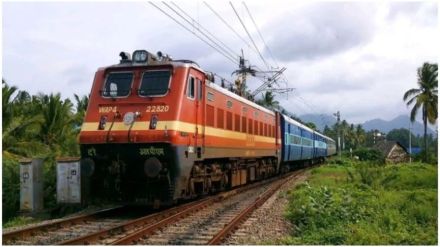In a remarkable achievement highlighting the Indian Railways’ commitment to infrastructure development, a staggering 10,867 Road Over Bridges (ROBs) and Road Under Bridges (RUBs) were completed between 2014 and 2023. This significant milestone underscores the Railway’s dedication to enhancing safety and mobility across its vast network.
This accomplishment comes amidst the Ministry of Railways’ ongoing efforts to modernise and upgrade railway stations under the newly launched Amrit Bharat Station Scheme. The scheme is designed to transform stations with a long-term approach and focuses on continuous development through phased implementation of Master Plans.
Indian Railways’ Amrit Bharat Station Scheme
The Amrit Bharat Station Scheme aims to enhance various amenities at stations, including improved access, waiting halls, toilets, and the installation of essential facilities such as lifts/escalators and free Wi-Fi.
Additionally, initiatives like the ‘One Station One Product’ scheme, Executive Lounges, and provision for business meetings aim to elevate passenger experience. Integral to the scheme is the integration of stations with city infrastructure, multimodal transportation, and provisions for persons with disabilities. Sustainable solutions, including ballastless tracks and ‘Roof Plazas,’ are also part of the envisioned developments.
1318 stations identified for redevelopment
Under the Amrit Bharat Station Scheme, 1,318 stations, including 23 in the Bikaner division and 18 in the Jodhpur division, have been identified for modernisation. The Railway’s focus on eliminating manned level crossings through the construction of ROBs and RUBs further reinforces its safety initiatives.
The sanctioning of works for 1,948 ROBs and 2,325 RUBs as of January 31, 2024, demonstrates the scale of ongoing efforts to enhance safety and mobility.
In a bid to accelerate road crossing works and improve operational efficiency, the Railway issued a new policy on March 2, 2023. This policy prioritises the elimination of level crossings based on safety considerations, feasibility, and cost-effectiveness. Additionally, it emphasises collaborative efforts with road-owning authorities and state governments for seamless execution.
